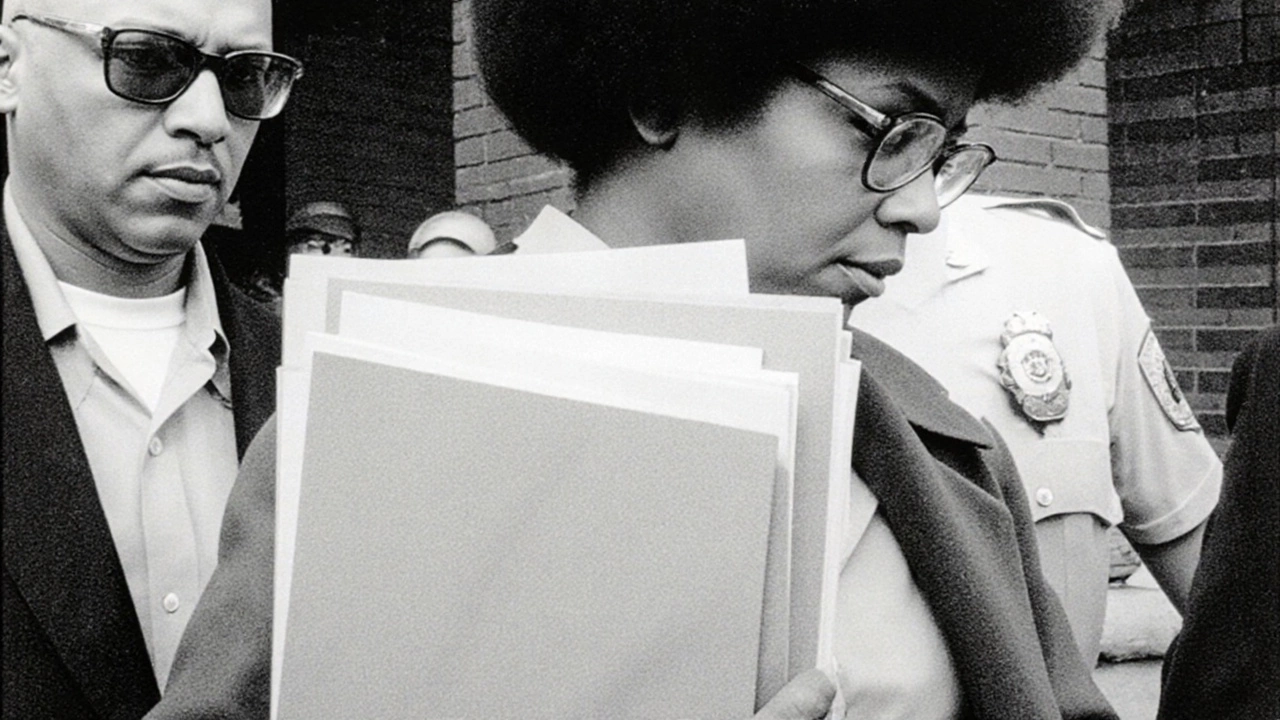FBI Most Wanted: Inside America’s Top Fugitive List
When you hear FBI Most Wanted, the United States Federal Bureau of Investigation’s public roster of the most dangerous fugitives. Also known as FBI Ten Most Wanted, it serves as a high‑visibility tool that alerts citizens and aids captures. FBI Most Wanted isn’t just a list; it’s a coordinated effort that draws on Federal Law Enforcement, agencies like the FBI, DEA, and ATF that share resources and jurisdiction to track down suspects. The list includes people tied to organized crime, terrorism, and large‑scale fraud—think of the way foreign‑troop threats or political scandals make headlines. By publishing names, photos, and crime details, the bureau taps into public eyes, turning ordinary citizens into extra eyes on the ground.
How the List Connects with Global Wanted Systems
Beyond the domestic sphere, the Wanted List, any official public register of individuals sought for serious offenses often mirrors the FBI’s effort. Internationally, the Interpol Red Notice, a global alert that flags fugitives across member nations adds another layer of pressure. When a name appears on both the FBI Most Wanted and an Interpol Red Notice, it signals a coordinated, cross‑border chase that can involve asset freezes, extradition requests, and diplomatic outreach. This overlap shows how the FBI list influences and is influenced by international law enforcement, creating a feedback loop where one agency’s intelligence boosts another’s ability to act.
Behind the headlines lies a science called Criminal Profiling, the practice of analyzing behavior, patterns, and networks to predict a fugitive’s next move. Profilers work hand‑in‑hand with agents to narrow search areas, prioritize leads, and allocate resources efficiently. The more data the FBI gathers—whether from social media, financial records, or tips—the sharper the profile becomes, increasing the odds of a quick capture. This cycle of data collection, profiling, and public outreach is why the FBI Most Wanted list remains a dynamic, living document rather than a static poster. Below, you’ll find a mix of stories that illustrate how these pieces fit together, from political figures facing international sanctions to high‑speed chases in the world of motorsport. Dive in to see how the list shapes real‑world outcomes.

Assata Shakur, Former Black Liberation Army Fugitive, Dies in Cuba at 78
Sep, 27 2025